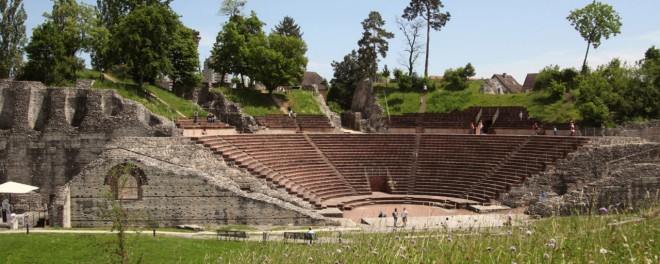The Roman Museum
A family trip to the well-known Augusta Raurica Museum is well worth it: a selection from more than 1.9 million archived finds is on display there and presented with plenty of attention to detail. The relics offer thrilling insights into the lives of people two thousand years ago. Background information is provided at eye level and in a way that is easy to understand, so that even young visitors can enjoy the exhibit.
Become a Roman for a day
The Roman House in Augusta Raurica is based on a city villa from Pompeii and gives a great impression of how a wealthy family lived their daily lives back then. The villa contains numerous objects from everyday use – handling them is expressly encouraged! – and allows you to slip into the role of the homeowners! The housing area contains an inner courtyard with a garden, porticoes, a well-equipped kitchen, a bedroom and study, a hall for banquets and a private bath.




